This post may contain affiliate links. For more information, please see our affiliate policy.
A Vegan Charcuterie Board delivers all the indulgence of a traditional one, with a vibrant mix of plant-based flavors, textures, and creative pairings, so even non-vegans are fans. While cured meats and cheeses are the norm, a thoughtfully curated plant-based board offers just as much variety – and looks just as stunning.

Meggan’s notes
During my training as a classically-trained chef, I took a garde manger class. It was entirely devoted to crafting elaborate grazing boards piled high with fruits, vegetables, dips, spreads, and other cold appetizers. These were the most epic grazing boards I had ever seen, large enough to feed hundreds of guests at once.
That experience inspired me to create this vibrant, plant-based board featuring produce from Melissa’s Produce, a California-based company that offers unique fruits and vegetables you can’t find just anywhere. I instantly fell in love with the rainbow of colors!
To build this board, I started with a trio of dips: traditional hummus, beet hummus, and guacamole. They are great for adding flavor and a pop of color. You can easily grab them from the store or make homemade versions using my recipes. Other great additions include olive tapenade (just leave out the anchovies), tzatziki sauce or dill dip (which are not vegan, but can be prepared as such with some non-dairy substitutions).
Finally, free to add your own special touches like pretty boards, dishes and serving tools, and seasonal decor. The beauty of this vegan charcuterie board is that there’s a little something for everyone without overwhelming the table. Plus, you can alter it year-round to feature ingredients that are in season.
Table of Contents
Recipe ingredients

At a Glance: Here is a quick snapshot of what ingredients are in this recipe.
Please see the recipe card below for specific quantities.
Ingredient notes
- Dips: This board features traditional hummus, beet hummus, and guacamole (for color) but you could also use the store-bought versions if you’re short on time. Also, choose olive tapenade (omit the anchovies to make it vegan), or tzatziki sauce and dill dip (which are not vegan, but you can sub non-dairy alternatives to make them that way).
- Fruit and vegetables: While I love to splurge at Melissa’s Produce every now and again, I also like to wander the produce aisle to see what looks fresh, ripe, and ready. In addition to at least one form of dried fruit, I usually end up highlighting fresh fruits, like blueberries, raspberries, strawberries, cherries, grapes, and apples or pears. If you opt to layer in the latter two, toss them with lemon juice before assembly to slow the oxidation process that causes the flesh to brown. Carrot sticks, cucumber slices, and mini bell pepper halves are lovely to layer in other nutritious, refreshing elements, and can act as great vehicles for dips.
- Jams, mustards, and other flavor-boosters: Any form of fruit preserves/jams/jellies, orange marmalade, mustard, nuts, olives, cornichons, vegan chocolates or other sweets, and fresh herbs can round out the board’s real estate. Honey is a classic board favorite, but it’s not vegan.
- Hummus: My favorite homemade hummus is ready fast with just a few ingredients. Add classic flavors like lemon and garlic, and blend with plenty of tahini and olive oil. You may also love my beet hummus for a burst of color on the board.
Equipment notes
- Boards and platters: Wood, marble, slate; any flat, food-safe surface can act as a blank canvas for your Charcuterie Board. If you’re not certain that the surface is safe to serve food or easy to clean, line it with parchment paper.
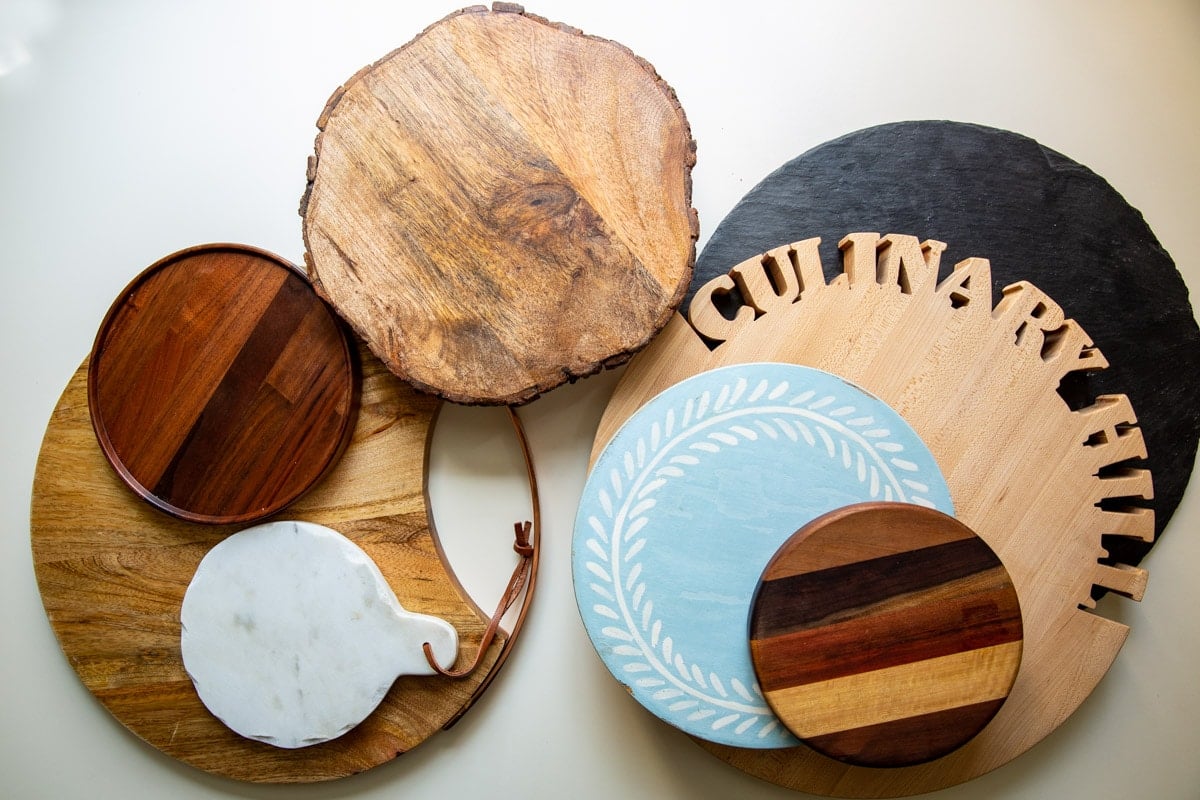
- Dishes: Small bowls and cups can keep dips, jams, olives, and other ingredients that might roll or drip from invading the space of the other ingredients.
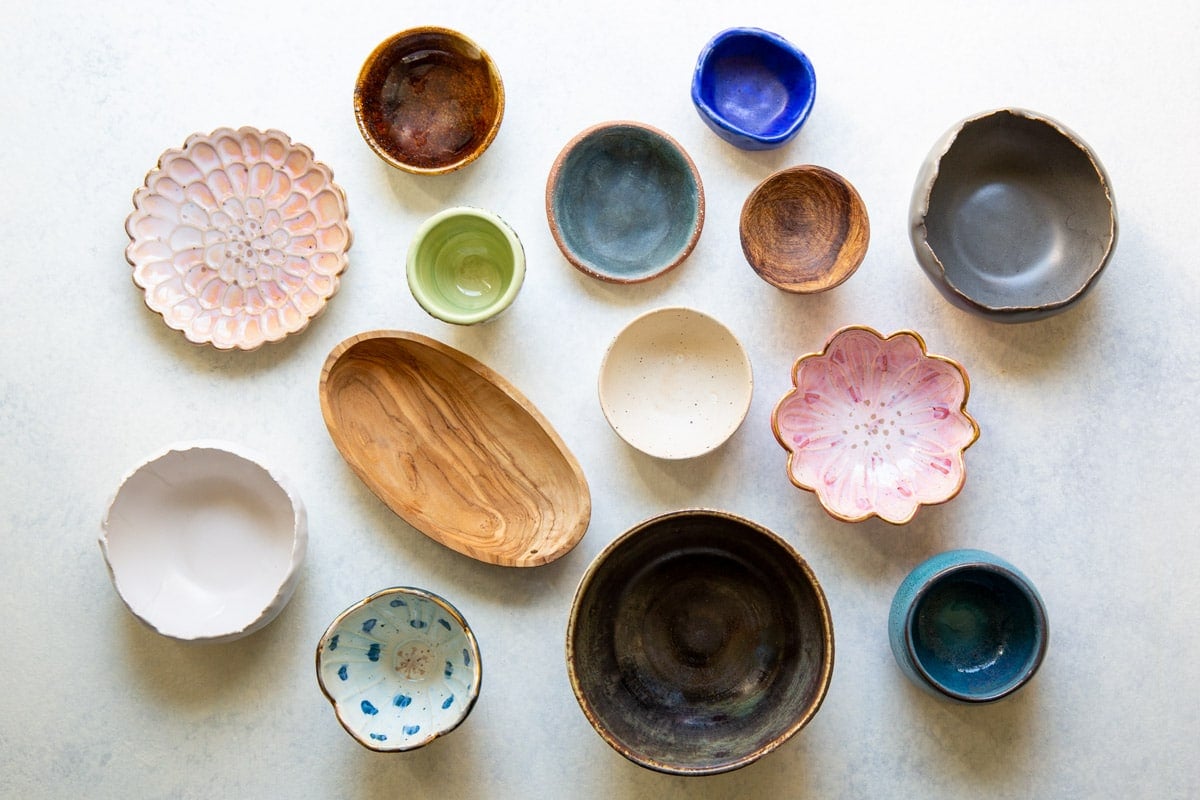
- Serving tools: Knives, appetizer forks, small tongs, toothpicks, and tiny spoons ensure that the board stays as sanitary as possible and guarantee that guests can snag the items they like easily. No need to worry about investing in a matching set; a mix-and-match look can be stylish, too.
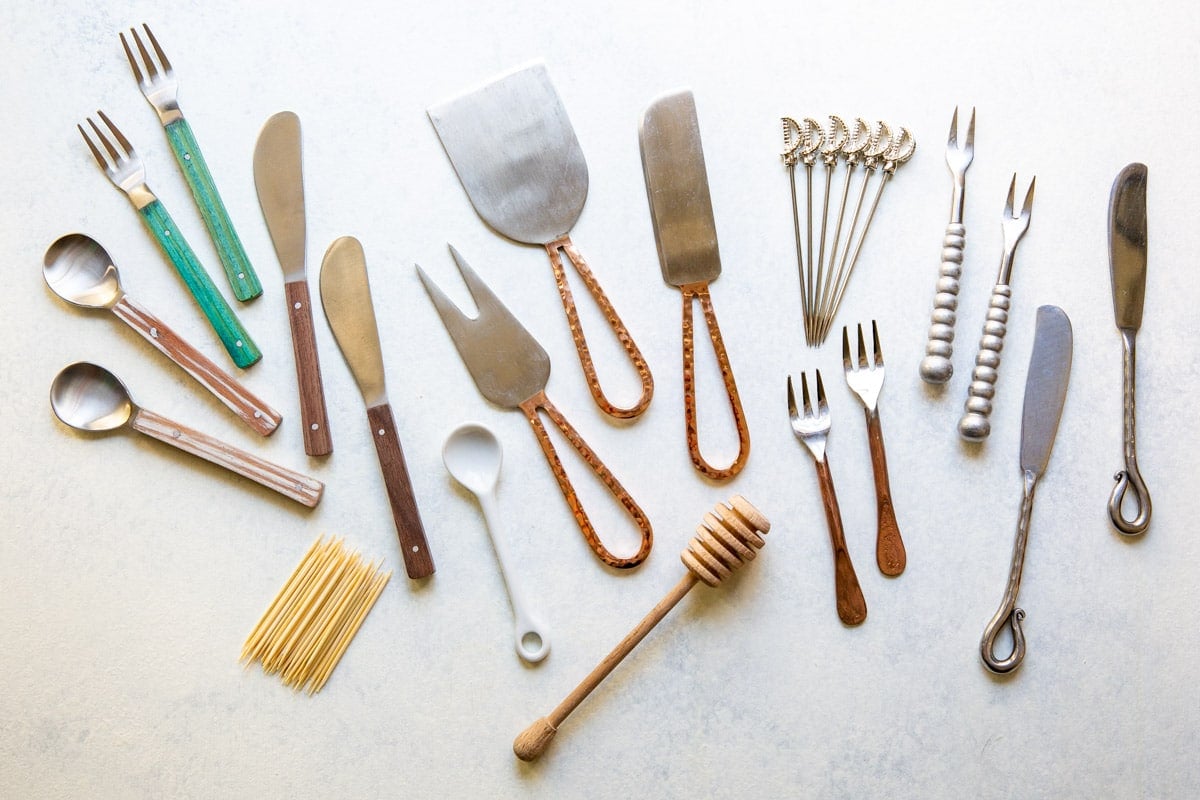
Step-by-step instructions
- Select your board. Using small bowls or dishes for your spreads, sauces, and small snacks, create anchor points on your board.

- Add piles of fresh fruit and vegetables, layering and overlapping where needed.

- Fill in the gaps on your vegetarian charcuterie board with bread, crackers, dried fruit, and nuts.

- Step back to view the board from afar to spot any slim spots. Garnish with herbs like rosemary or thyme, and tuck in forks, spreaders, tongs, and other utensils where needed.

Recipe tips and variations
- Yield: Your yield will vary depending on how much you buy which is determined by how many you are feeding.
- Storage: Store leftovers covered in the refrigerator for up to 4 days.
- Make ahead: Assemble the full board, cover it with plastic wrap, and refrigerate up to one day in advance. Before your event, bring to room temperature right before the party starts.
- Think OUT, but also UP: Yes, you want to cover every inch of your board with snacks, but try to make it a little three-dimensional, too. Sometimes I even use an overturned bowl as a pedestal for another bowl of dip.
- Pickled everything: Add pickled garlic, pickled asparagus, pickled beets, Dilly beans, pickled jalapeños, or even just good ol’ pickles.
- Midwestern heart: Try my Midwest Charcuterie Board for my favorite Wisconsin snacks like ham and pickle roll-ups, mini cheese balls, dill dip, and red pepper jelly with cream cheese.
- Classic Charcuterie Board: for the ultimate snack dinner or party appetizer.
- Cheese Board: A meatless grazing option with plenty of cheeses, crackers, fruit, and nuts.
- Veggie Platter: Fresh crudite with Dill Dip or homemade ranch dressing.
- Jarcuterie: These are single-serving charcuterie assembled in spice jars, ideal for parties, potlucks, or even food gifts.

Frequently Asked Questions
A vegan grazing board can be vibrant and delicious with a mix of flavors and textures! Load it up with season fruits and veggies, dips and spreads, crackers, nuts, olives—anything else you can think of!
There are a lot of store-bought vegan crackers you can pick up for a vegan charcuterie board. Some of the top brands are: Jacobs Cream Crackers, Ritz Crackers, Milton’s Baked Crackers, Jacobs Flatbreads, or Ryvita Thins.
I would advise against using ingredients that brown quickly, like bananas, pineapples, melons, apples, or pears. If you opt to layer in the latter two, toss them with lemon juice before assembling your board. It helps to slow the oxidation process that causes the flesh to brown. Also, fruits that are too juicy, like mangoes or overly ripe berries, can also leak onto surrounding items.
More vegan recipes
Meal Planning
Vegan Mediterranean Bowl
Vegetable Recipes
Veggie Kabobs
Chipotle Copycat Recipes
Chipotle Sofritas (Copycat)
Join Us

Vegan Charcuterie Board
Ingredients
Spreads and dips:
- 8 ounces Beet hummus
- 8 ounces Guacamole
- 8 ounces Hummus
Fruits and vegetables:
- 2 blood oranges sliced
- 1/2 head purple cauliflower separated into florets, blanched if desired
- 1 bunch radishes with green tops attached
- 1 bunch spring carrots halved lengthwise, with green tops attached
- 1 pint strawberries with green tops attached
- 6 ounces sugar snap peas or snow peas, in the pod
- 4 ounces watermelon radishes thinly sliced
Snacks and nuts:
- 1 cup almonds
- 2 cups crackers
- 4 ounces dried apricots
- 4 ounces green olives
Instructions
- Select your board. Using small bowls or dishes for your spreads, sauces, and small snacks, create anchor points on your board.
- Add piles of fresh fruit and vegetables, layering and overlapping where needed. Fill in the gaps with bread, crackers, dried fruit, and nuts.
- Step back to view the board from afar to spot any slim spots. Garnish with herbs like rosemary or thyme, and tuck in forks, spreaders, tongs, and other utensils where needed.
Notes
- Yield: Your yield will vary depending on how much you buy which is determined by how many you are feeding.
- Storage: Store leftovers covered in the refrigerator for up to 4 days.
Nutrition
Meggan Hill is a classically-trained chef and professional writer. Her meticulously-tested recipes and detailed tutorials bring confidence and success to home cooks everywhere. Meggan has been featured on NPR, HuffPost, FoxNews, LA Times, and more.
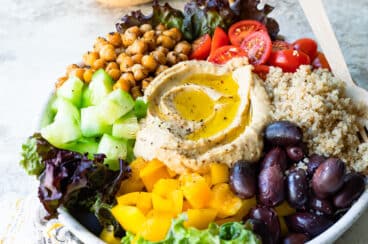


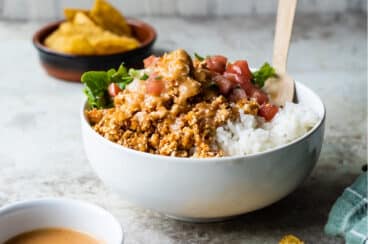
Nice and colorful…. A delicious plate of healthy!
Thank you so much, Robert! – Meggan